Public in Mexico
Daniel Diaz Vidaurri studied at the architectural department of the Politecnico in Milan and has once drove to Ljubljana to admire Plečnik’s architecture. Dedicated Chilango (in Mexican slang synonymous for a resident of Mexico City) is continuing his master’s degree in architecture in a program related to economics, politics and the environment at the National Autonomous University of Mexico - UNAM. Since 2007 he works under his architectural office SPAZI, and he recently opened the Laboratory for Urban Acupuncture-LAU.
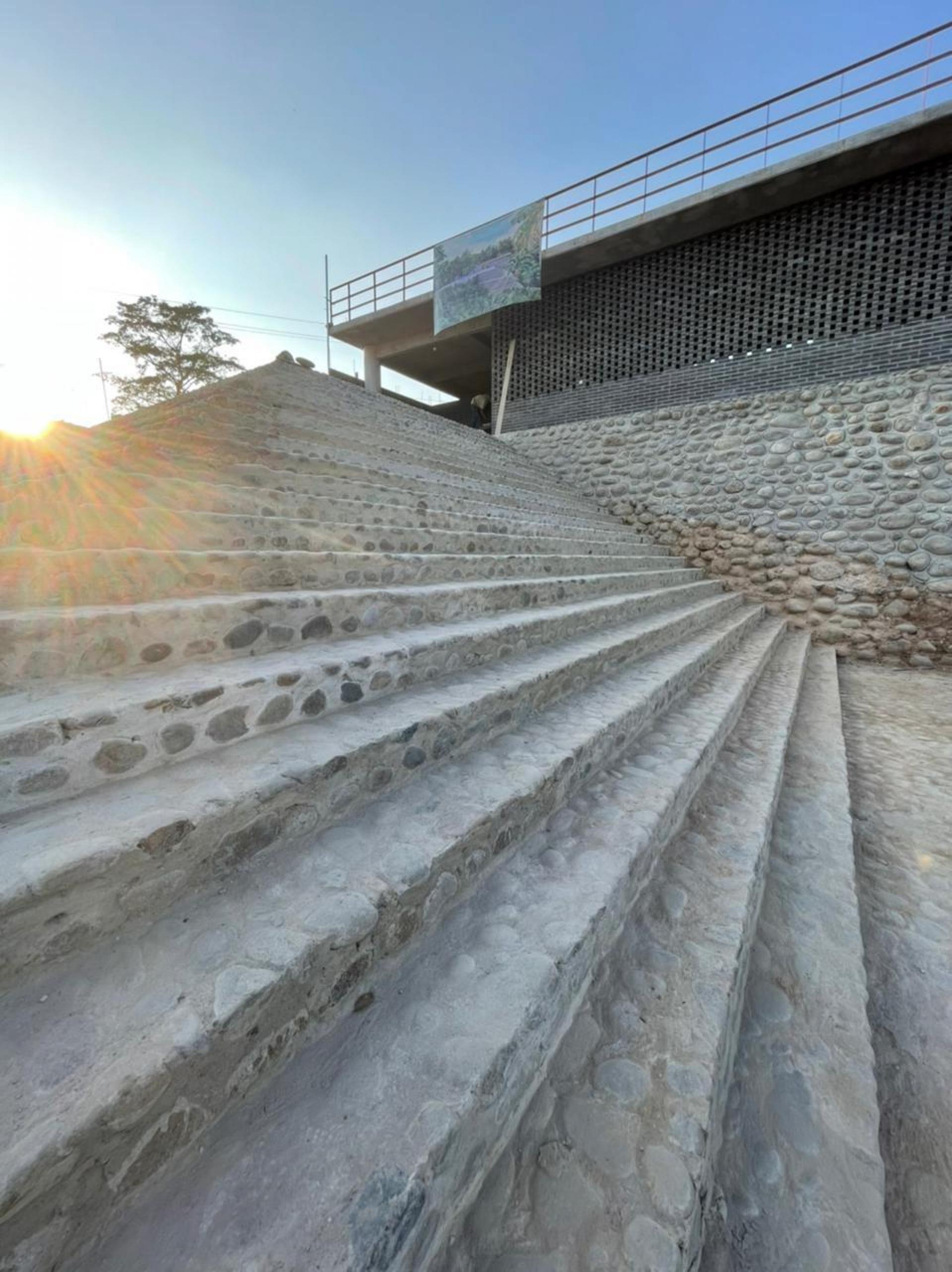
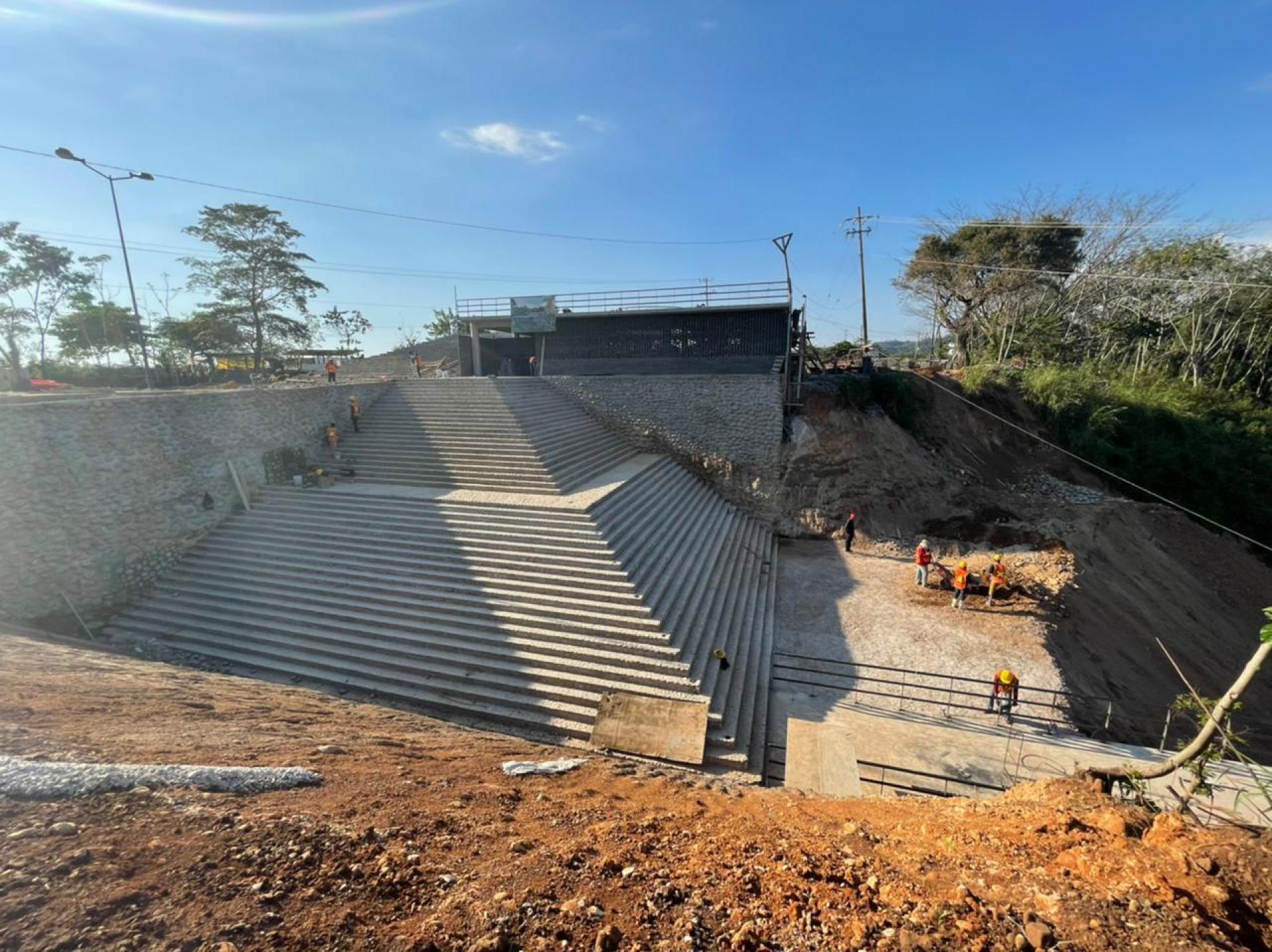
Community Center in Tapachutla, Chiapas. | Source © Daniel Diaz Vidaurri
How did you start as an architect in Mexico City, just returned from Politecnico di Milano?
DD: To study abroad it’s for almost anyone a great experience, for me, as a Mexican young student of architecture from IPN (Instituto Politecnico Nacional) helped to discover a whole new perspective. Of course the experience changed my point of view about what I wanted to do as an architect when i just returned to Mexico. At the beginning I gathered experiences with different studios so i first start working in a lightning design studio L+F, after that i try to understand design in a different scale in Grupo Arquitech, and finally i had some projects on my direction in Studio Arquitectos. In 2007 I started my office SPAZI.
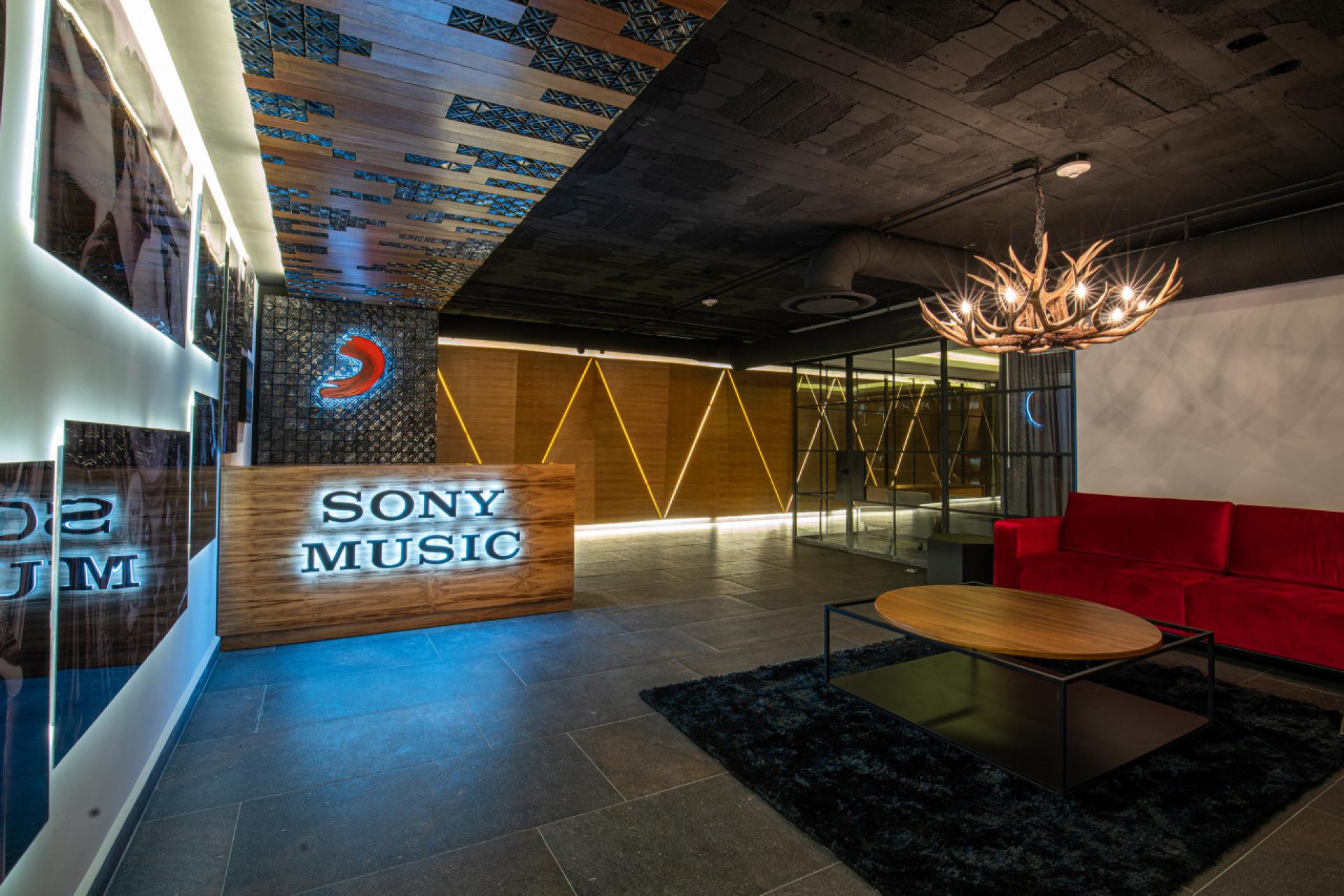
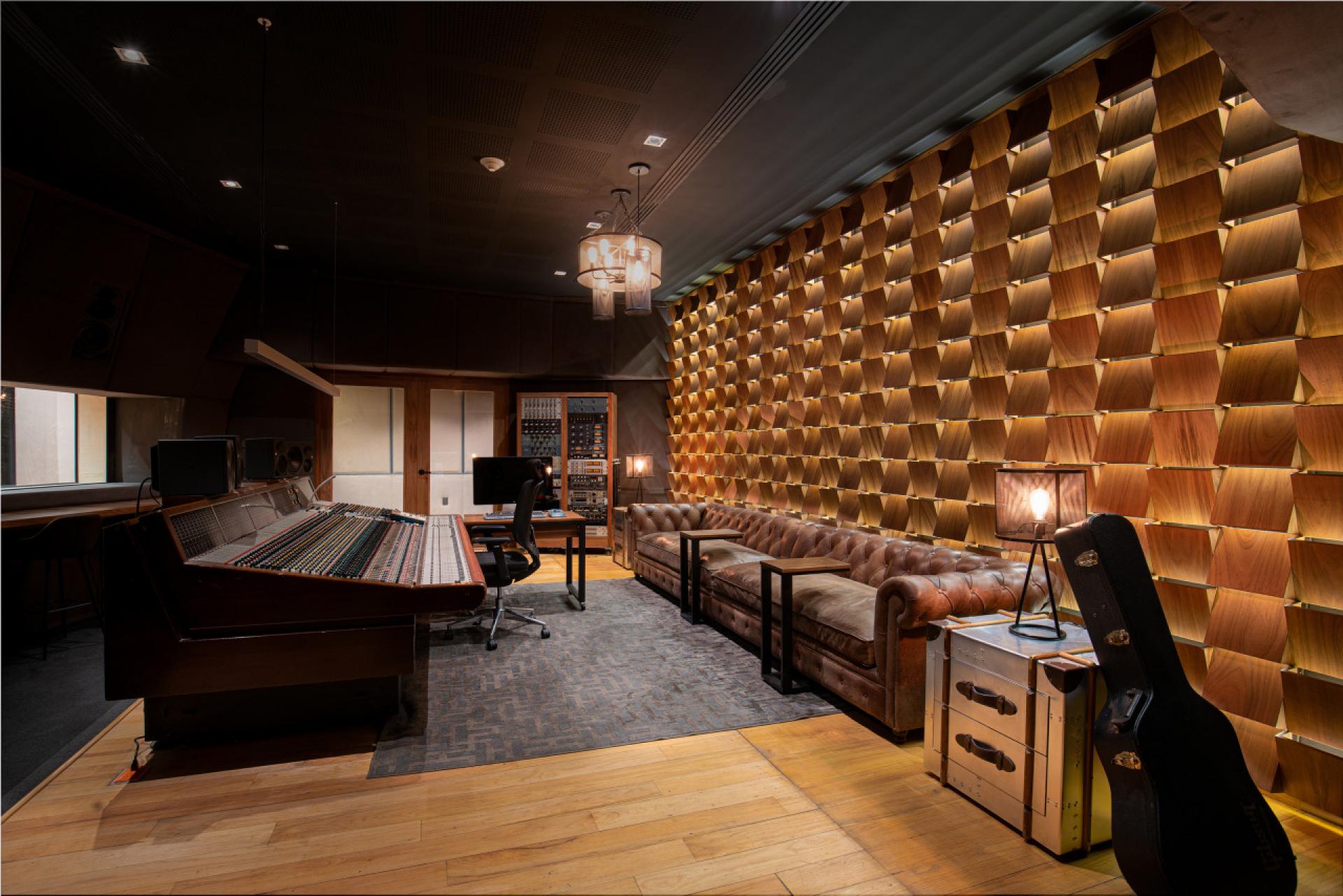
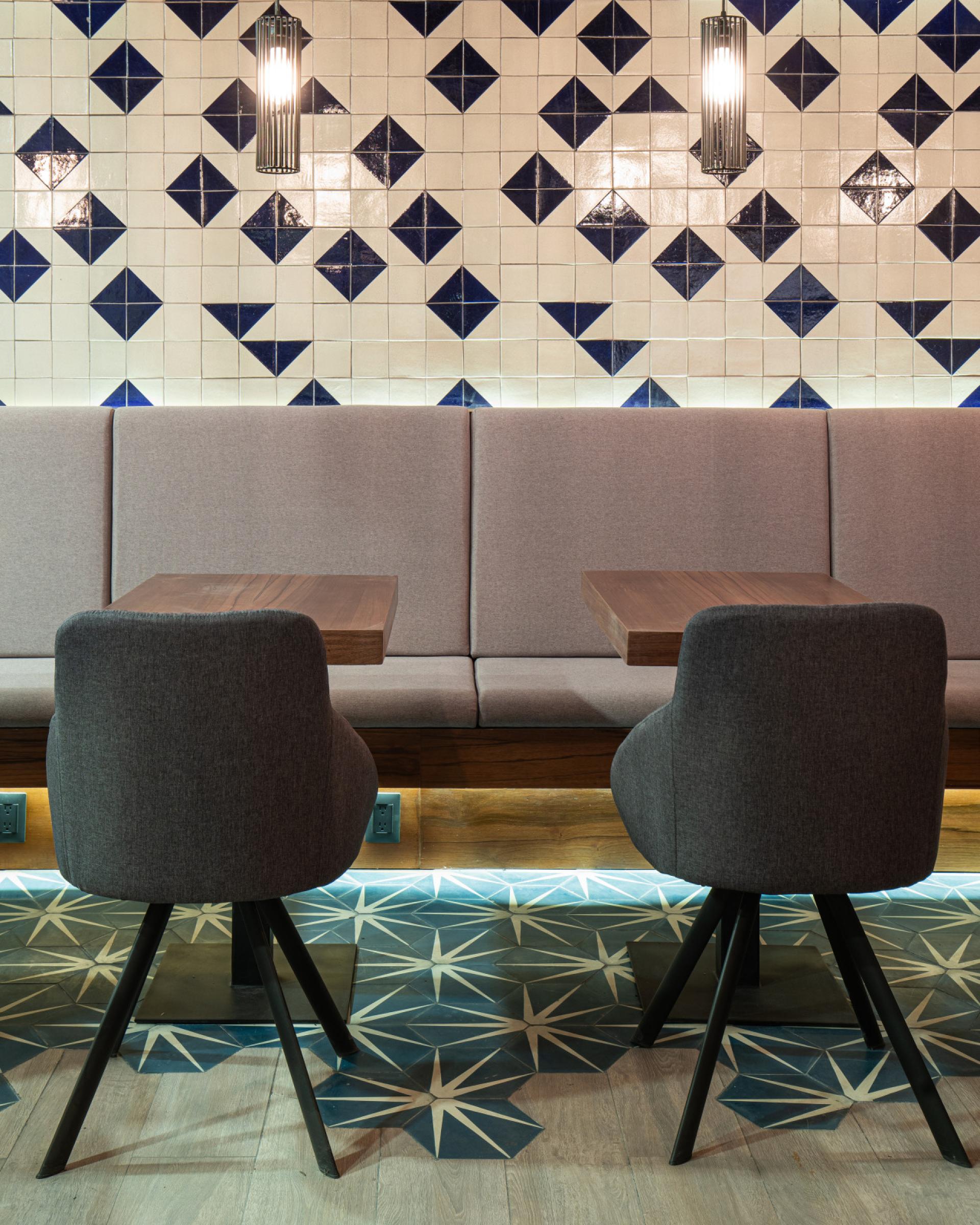
Arrangement of Sony Music in Mexico City | Photo © Fernando Diaz Vidaurri
You started working with urban acupunctures in public spaces in Zalog (Ljubljana, Slovenia); Was the change of the context to more social one a big change from the experiences in Mexico?
DD: Yes, part of this change of perspective that i had when i returned from Europe was to understand the importance of public space in cities and communities in order to change the way of living and communication between their inhabitants. When i had the opportunity to participate in this workshops in Ljubljana of course a big change of thinking happened, because in projects I first decide to care about people and their own environment, how they use the public space and what can I propose in order to make a change with a positive impact. Before that I just worked on private projects and for me this new point of view made me divide my work in material and non material architecture, the one that you can build and the one you can do without put any brick. It’s just a matter of typologies, for me to have the capacity for solving an interior design project like a recording studio for a multinational company or a public space development like a community centre in Chiapas is a matter of typology and because looking at the problem from this side makes me feel that I can have a 360 vision of architecture and design.
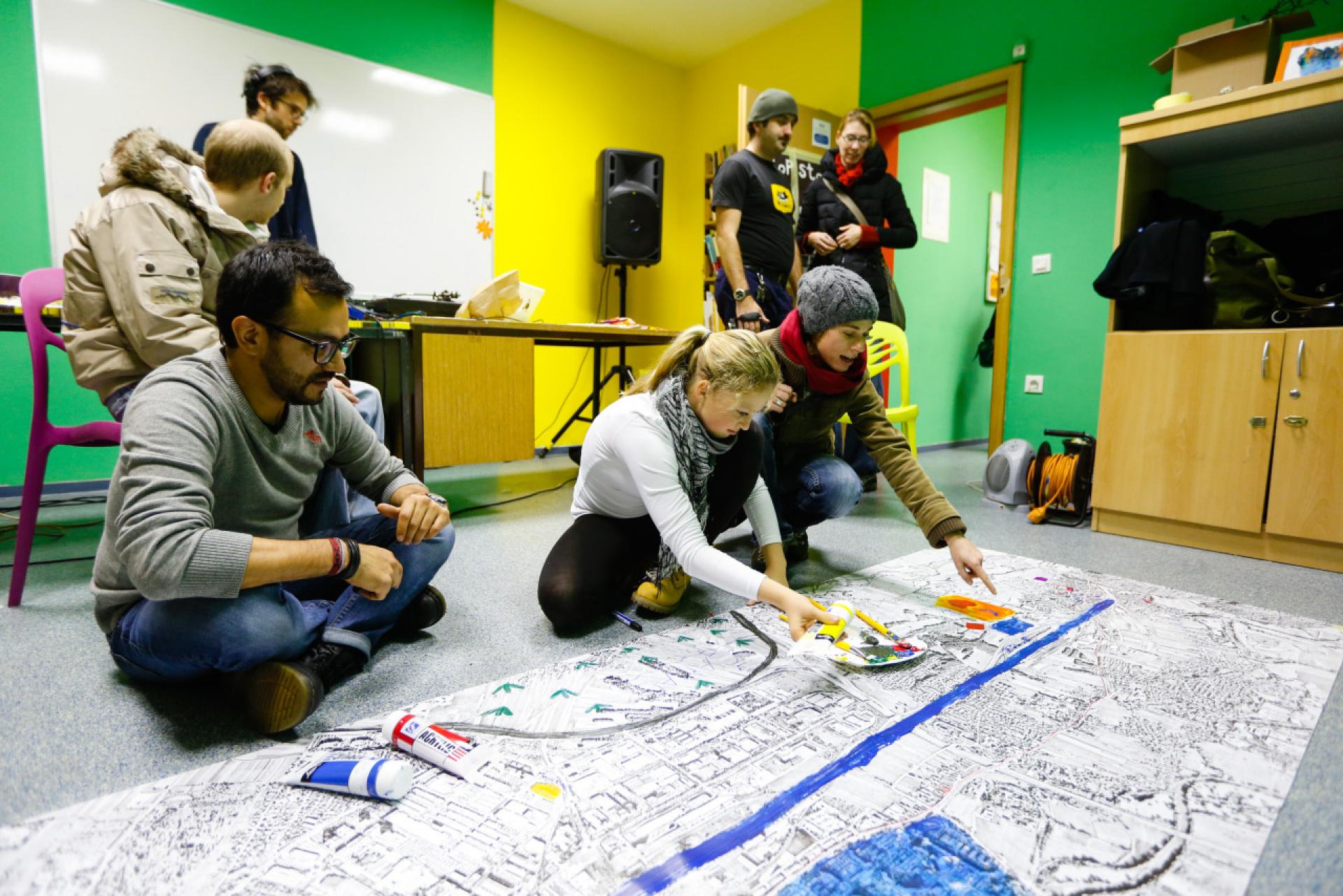
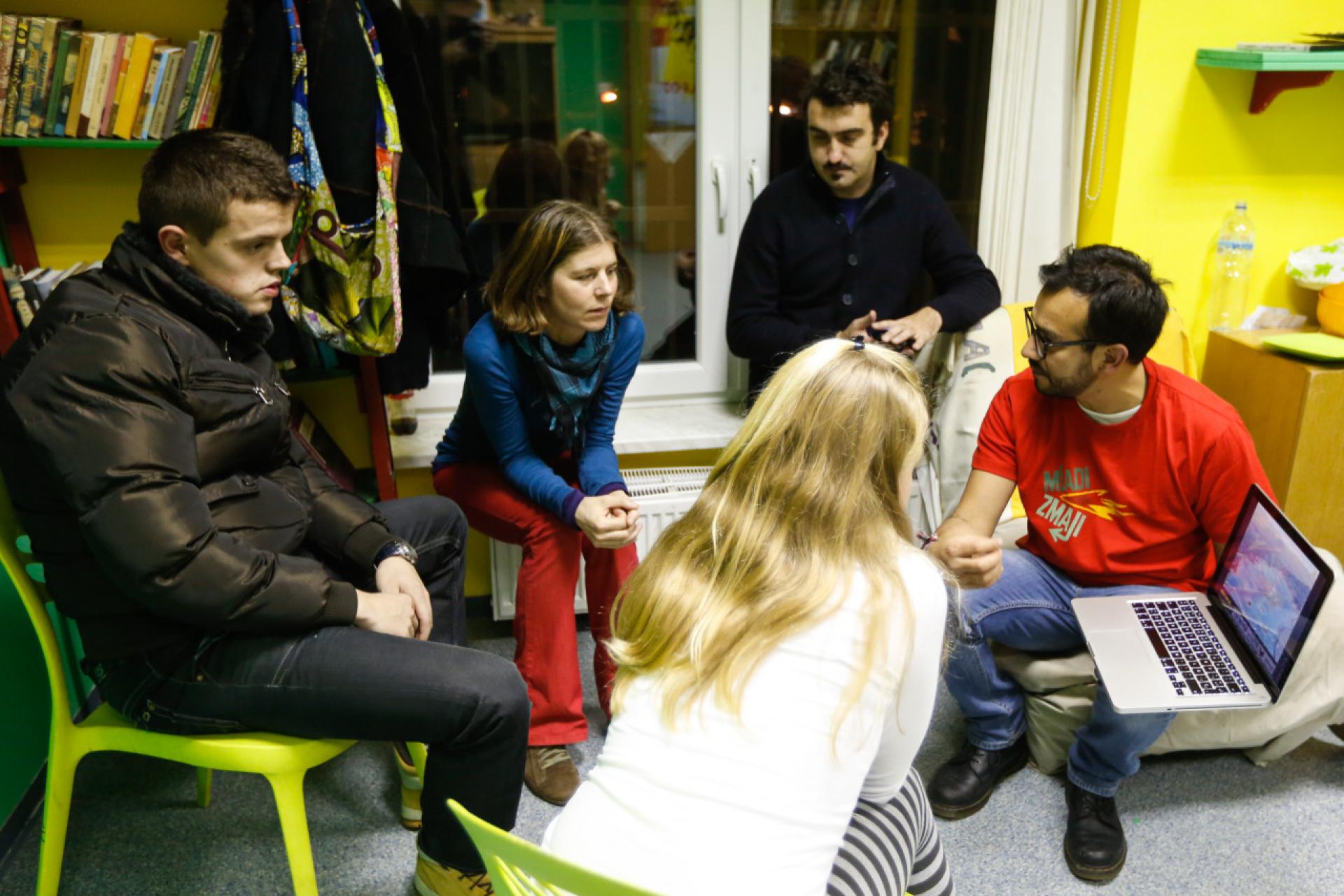
Urban acupuncture in Zalog, Ljubljana 2012 | Photo © Domen Grögl
Another urban acupuncture was executed in Santa Maria La Riberra, a rough neighbourhood in Mexico City? What was going on there?
DD: Santa Maria La Ribera (SMLR) it’s one of the first neighbourhoods in Mexico City, full of neoclassical and eclectic houses, a historical central park with a beautiful Moorish kiosk, museums and schools. During last 20 years they had so many security problems like drug-dealing, robberies, gangs so the old inhabitants start to move to safer places. The one who left start to have to deal with speculation and gentrification because the hipster movement and the developers in Mexico City start to look over the neighbourhood. Still some people care about SMLR, and defend the local economy like public markets, little shops, little local business, public schools, and libraries, some of them are organized in collectives and have so many different activities like to promote the use of public space, offering open air cinema in the public plaza generating electricity with a bike, or making their own sharing bicycle system and having a radio station for communicate the people the latest news of the community. To participate in the workshop in SMLR mapping the different collectives of the neighbourhood and involving inhabitants about the use and the importance of fresh drinkable water, was the main goal of this project.
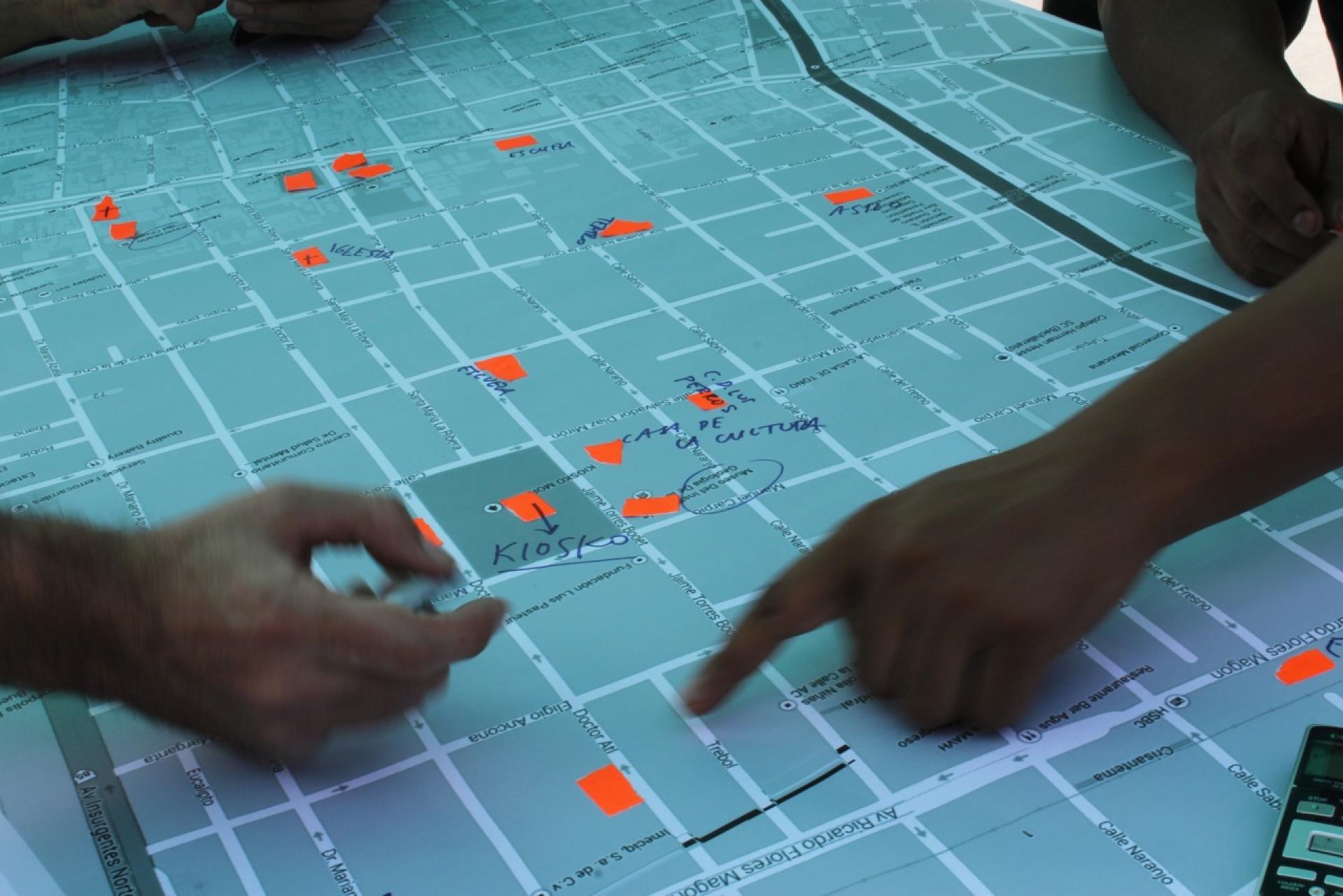
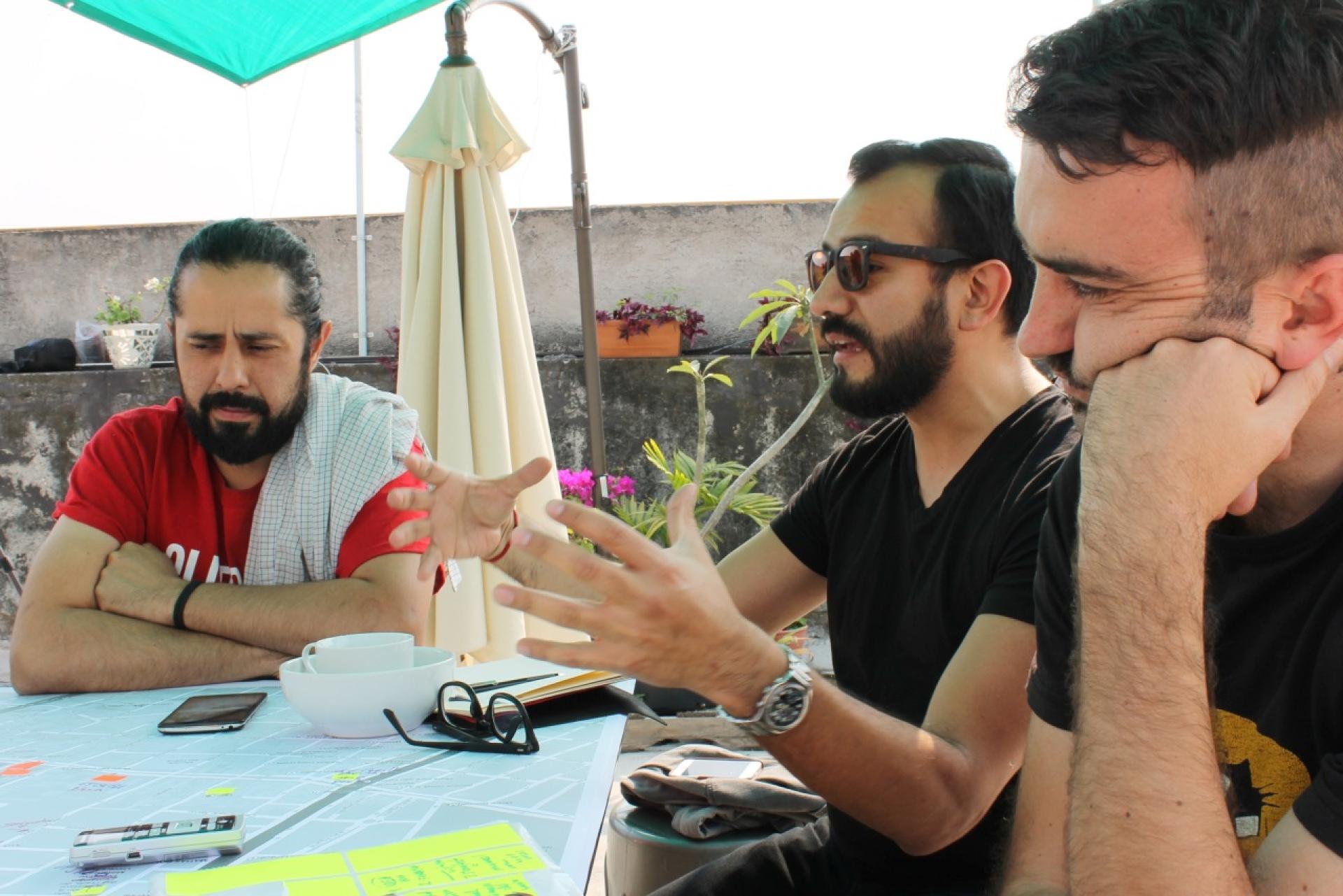
Content mapping in the Santa Maria La Riberra neighbourhood in Mexico City; activist and cyclist Checo (Enchulame La Bici) with Daniel Diaz Vidaurri. | Photo archive KUD C3
Memorial for the dead children is probably a complete different experience?
DD: The idea of the memorial began with a talk with a mother who lost her child in a terrible accident and she wants to commemorate his son with a space that can reunite characteristics like tranquility, nature and meditation, a space that can promote other’s people loss and well. After eight years of searching different locations we realise that we have to think in a minimal action, so the project became just in a wall and a bench in Chapultepec Park in Mexico City. The wall is today almost full of clovers, the symbol of the Espacio Memorial Patricio, the NGO who promotes the memorial.
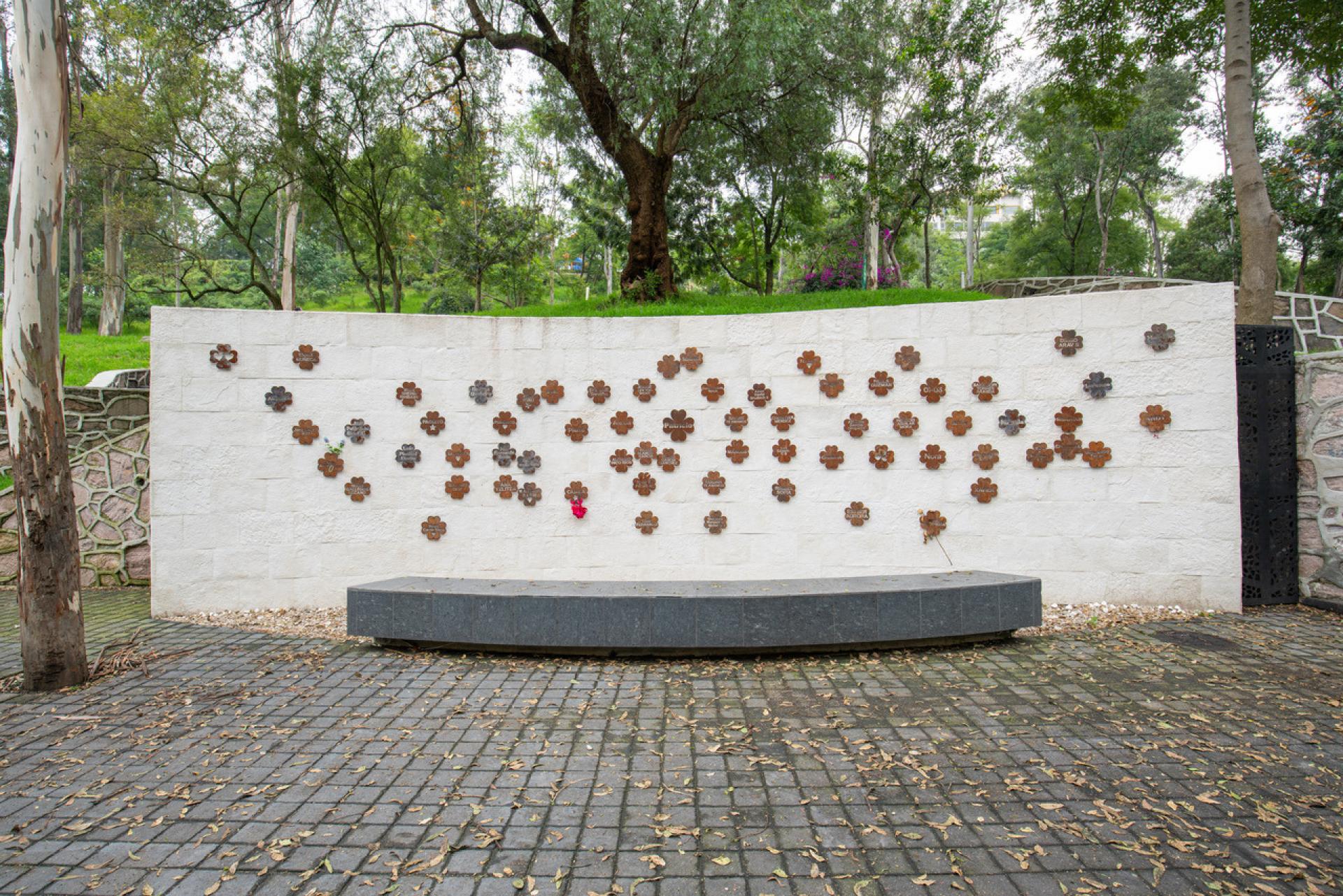
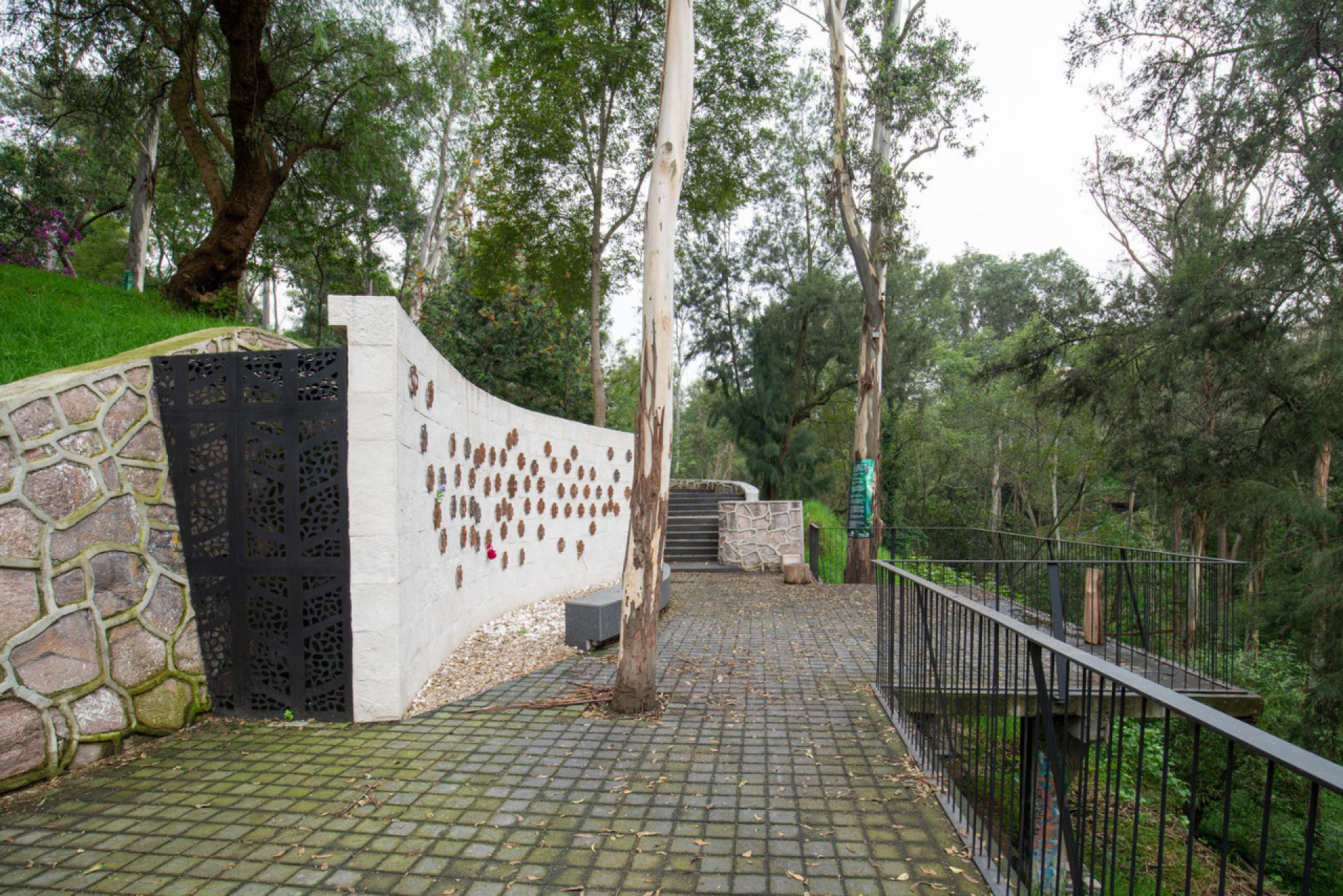
Monument to the deceased children in Chapultepec Park in Mexico City for the Patricio con Sentido A.C foundation. | Photo © Daniel Diaz Vidaurri
Meanwhile you created the LAU?
DD: The Urban Acupuncture Laboratory (LAU) was created in my mind since I started to participate in the project in Slovenia but I didn’t have clear idea what I wanted to communicate via the Urban Acupuncture, making big impact with minimal changes and touching strategical points of urban trace. That’s why I waited for the perfect time to start within this project. In my point of view LAU it’s not only the work of one person, its and multi disciplinary laboratory where architects, urbanist, sociologist, economist, political scientists, landscape designers, artist, and many different professionals with a social perspective would have a platform to participate in different material or non material typologies of public projects for example the design of a sport facility for Tapachula in Chiapas or a workshop with a local community in Mexico City.
With the knowledge and experiences you started to create public architecture in Mexico?
DD: I started to create public architecture in the state of Chiapas, located in the south of Mexico. The city of Tapachula is borderline city with the problems of migration, poverty and inequity and the government never had a look on the so called non productive states. Chiapas and specially Tapachula is one of the most important Coffee producers in Mexico.
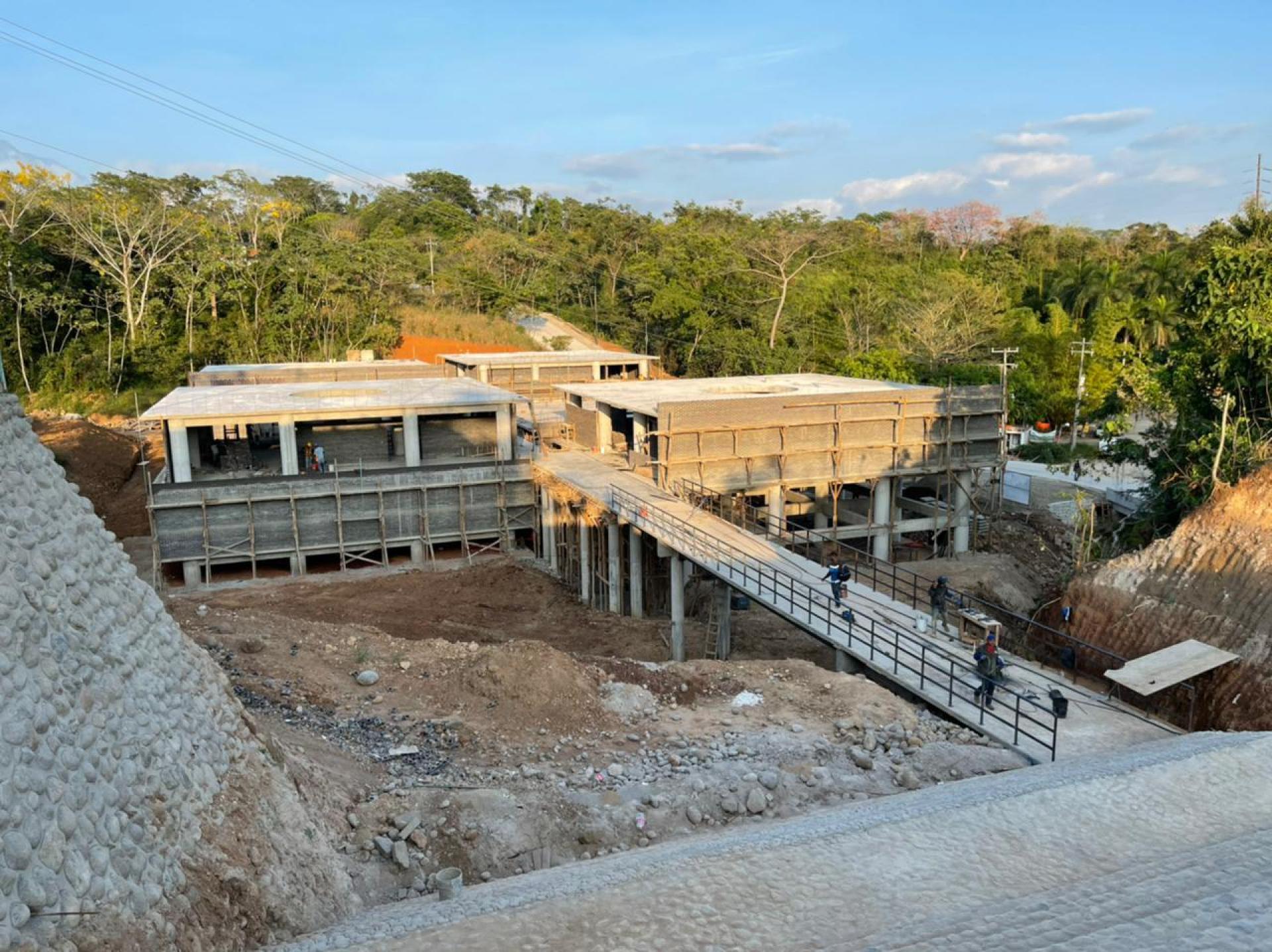
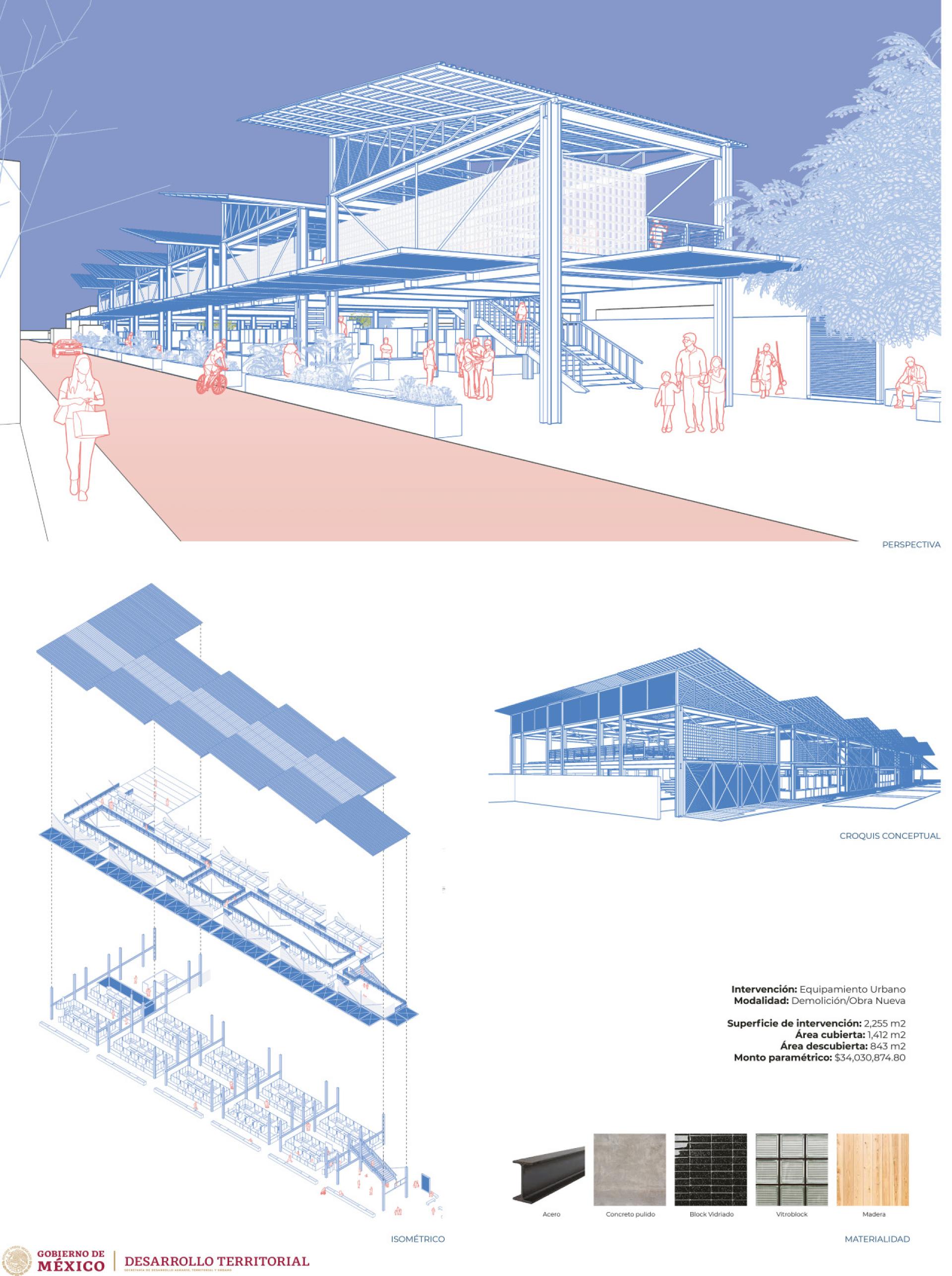
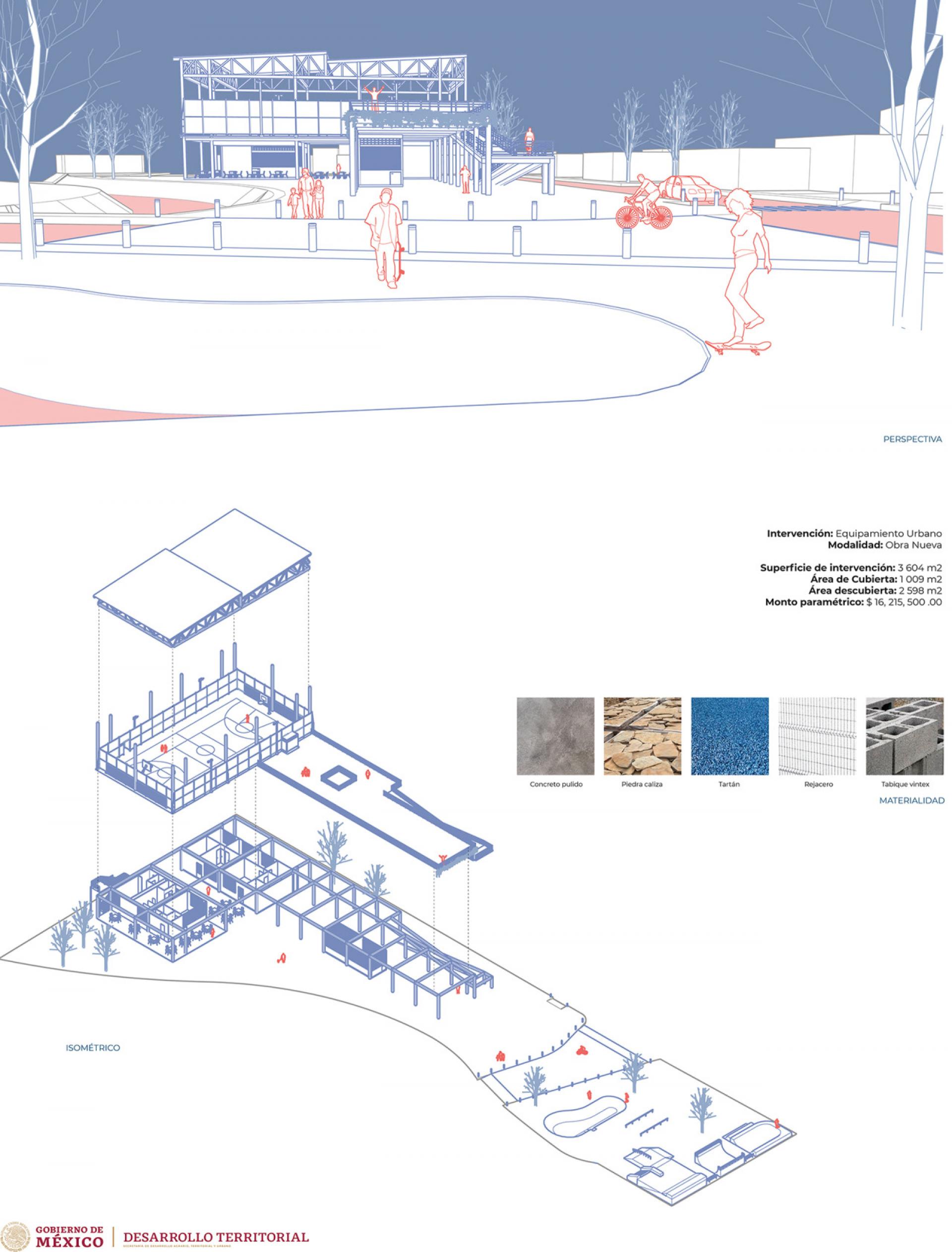
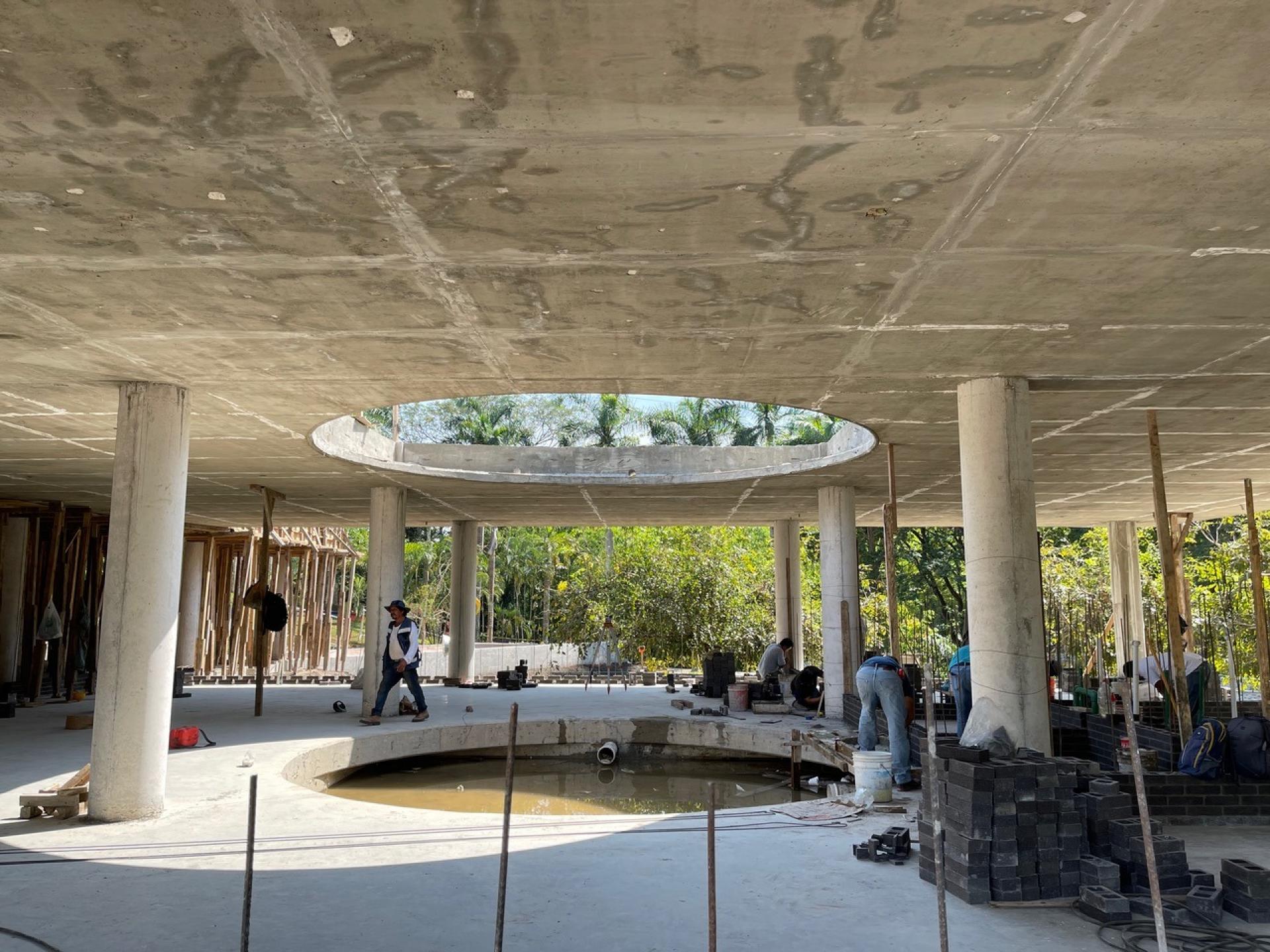
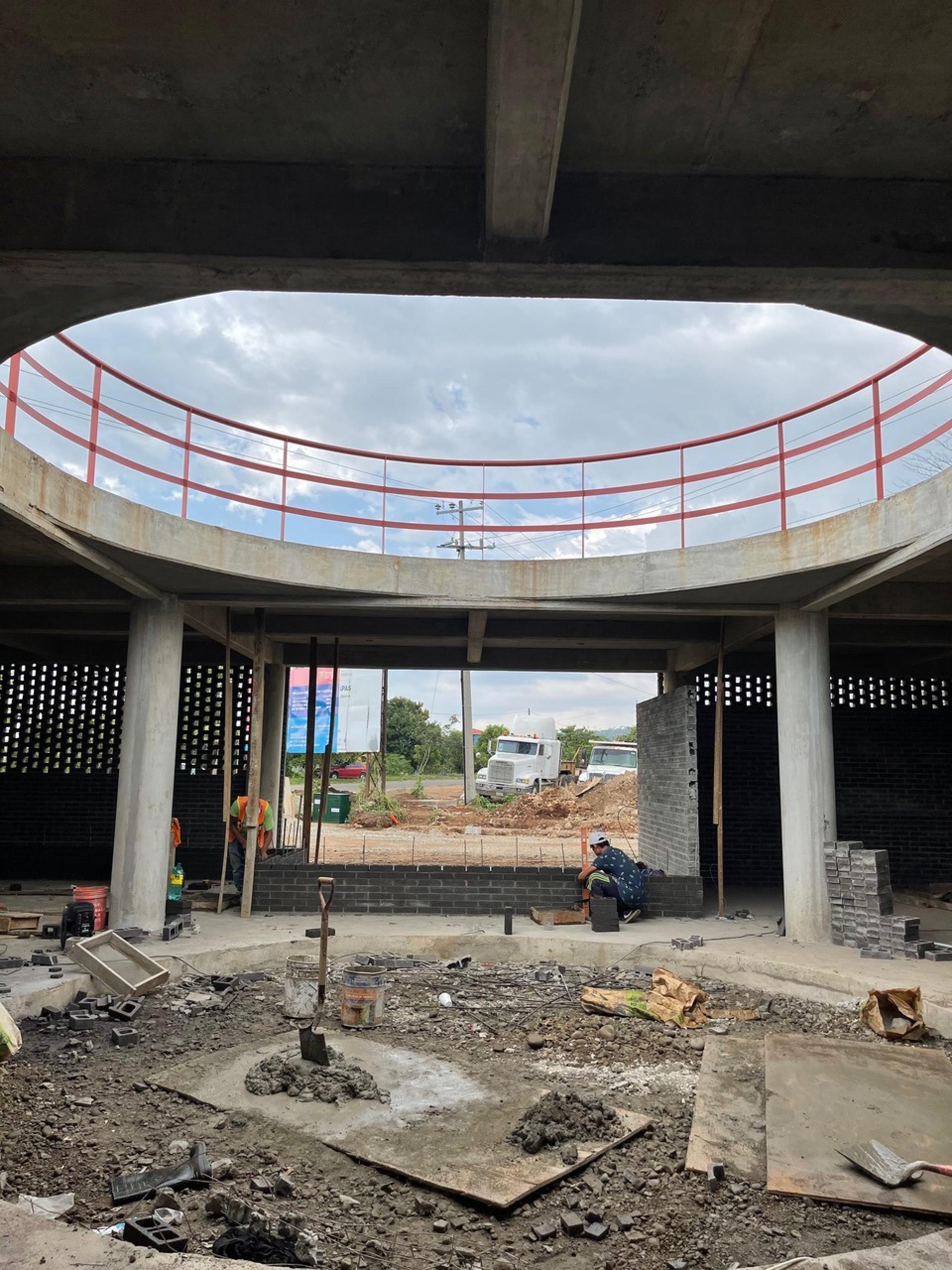
Community Center in Tapachutla, Chiapas | Photo © Daniel Diaz Vidaurri